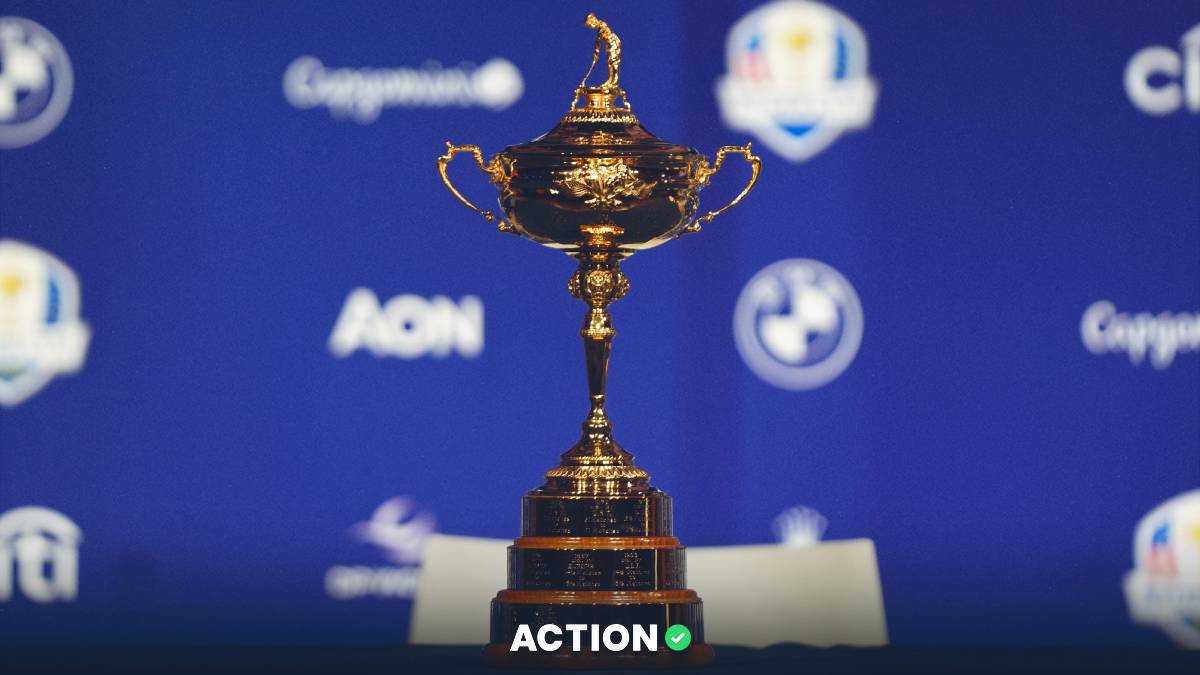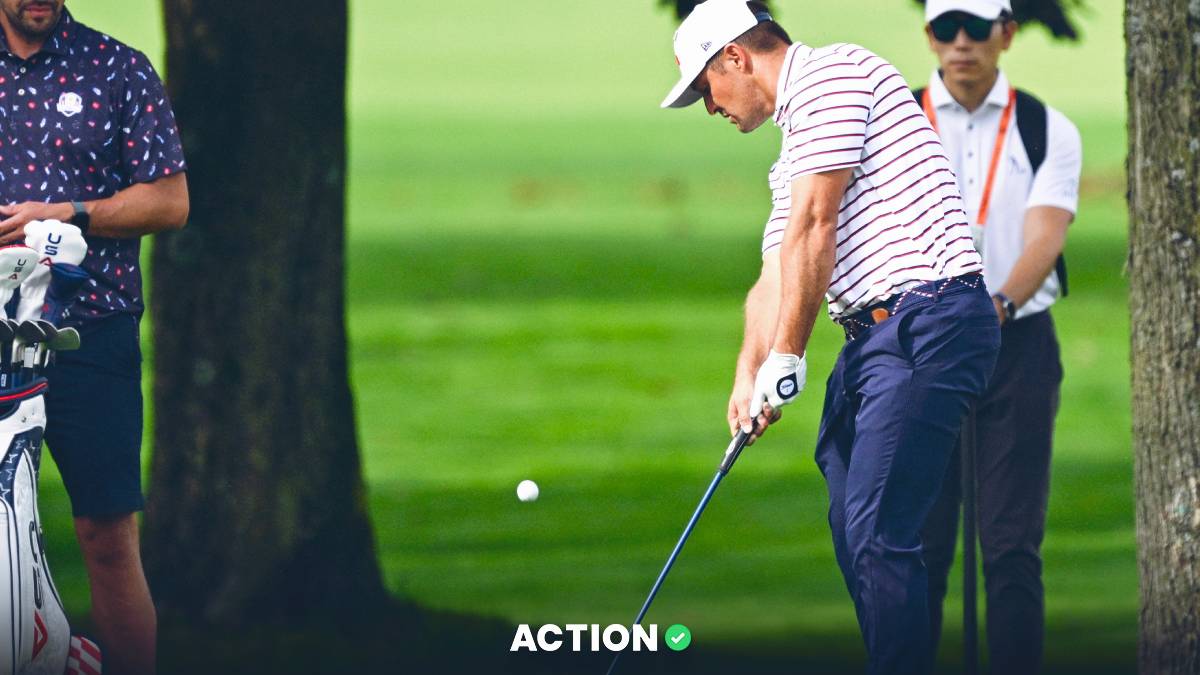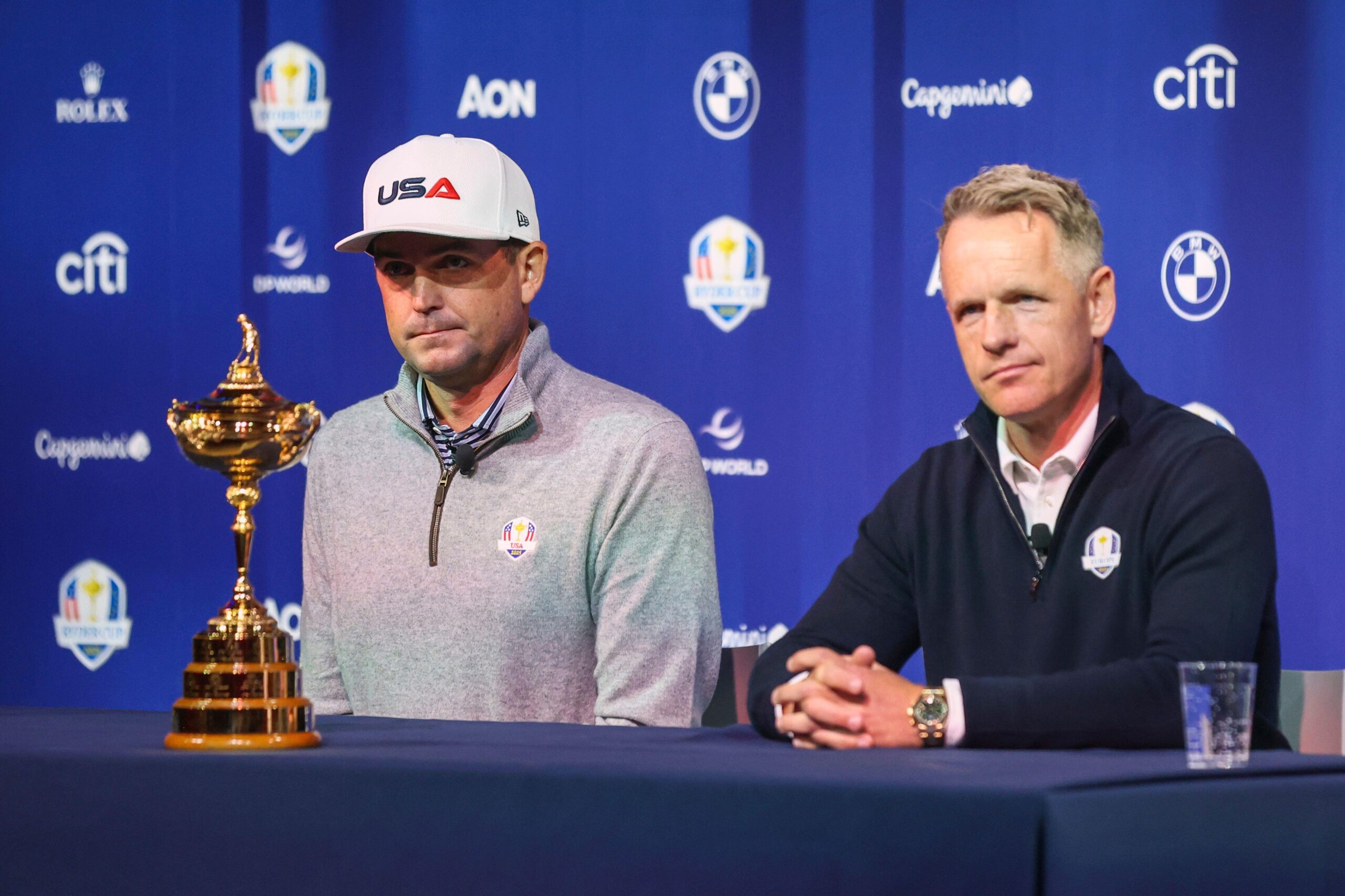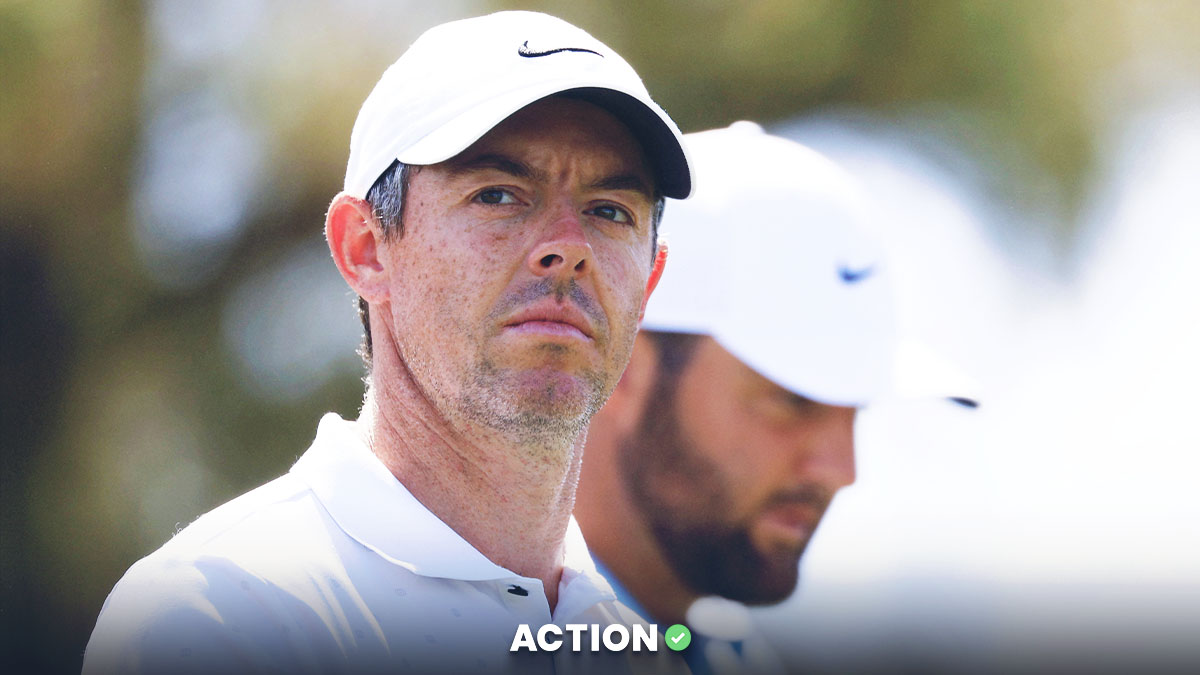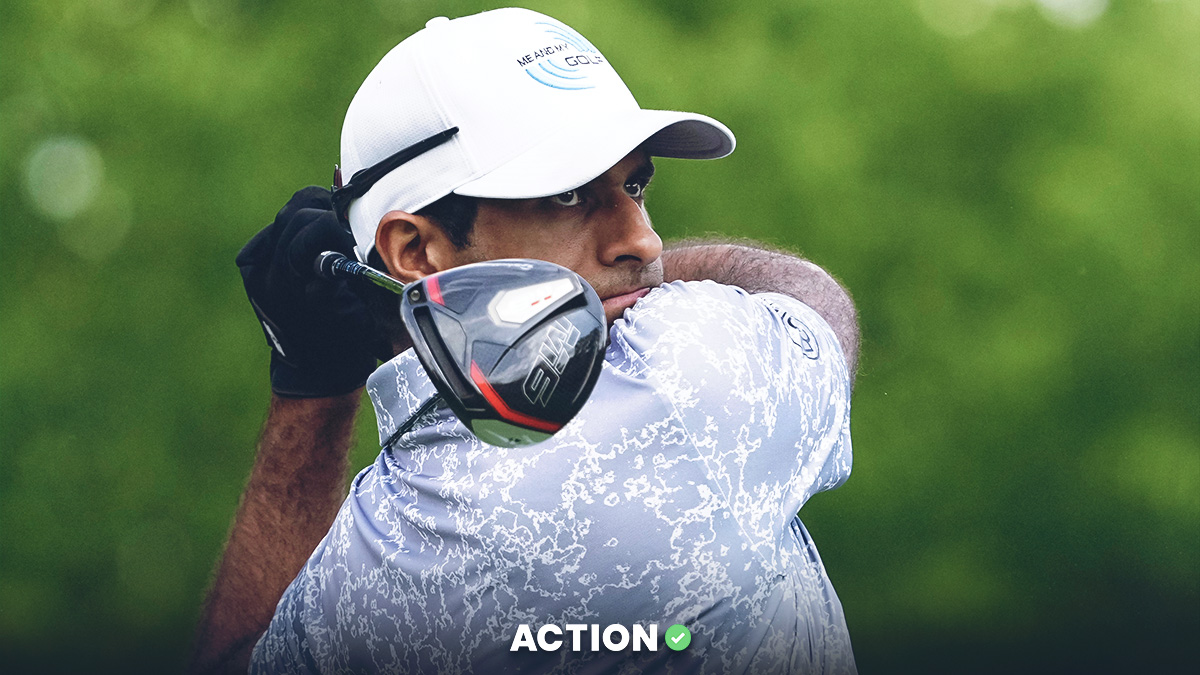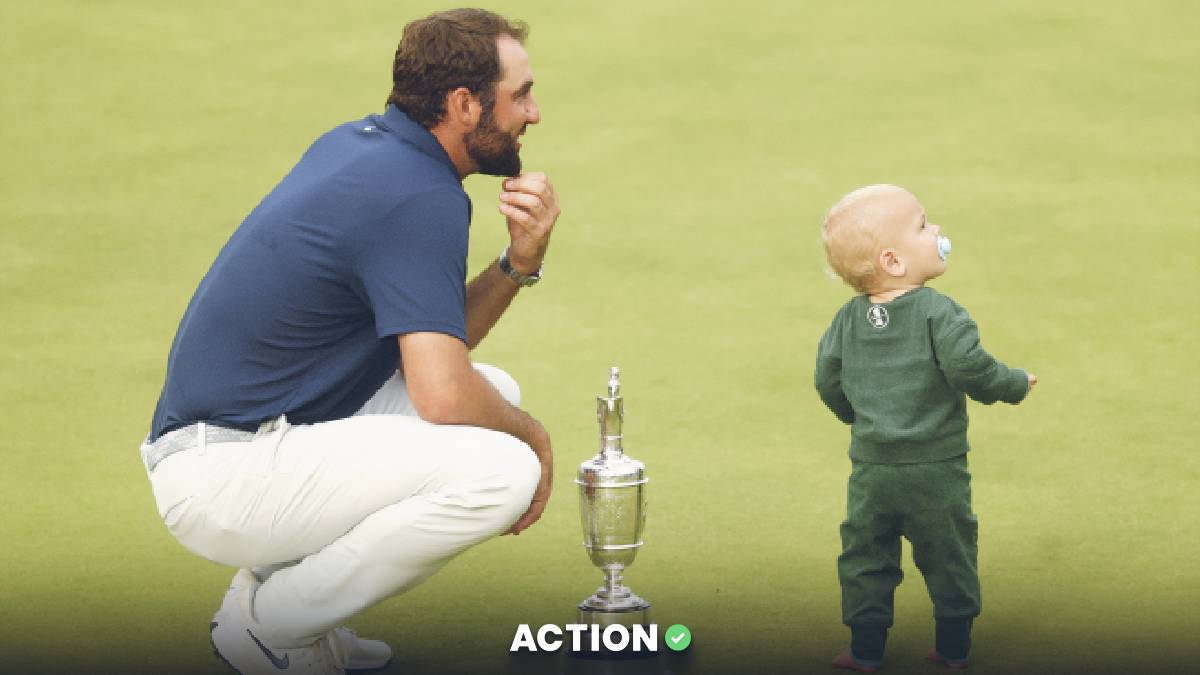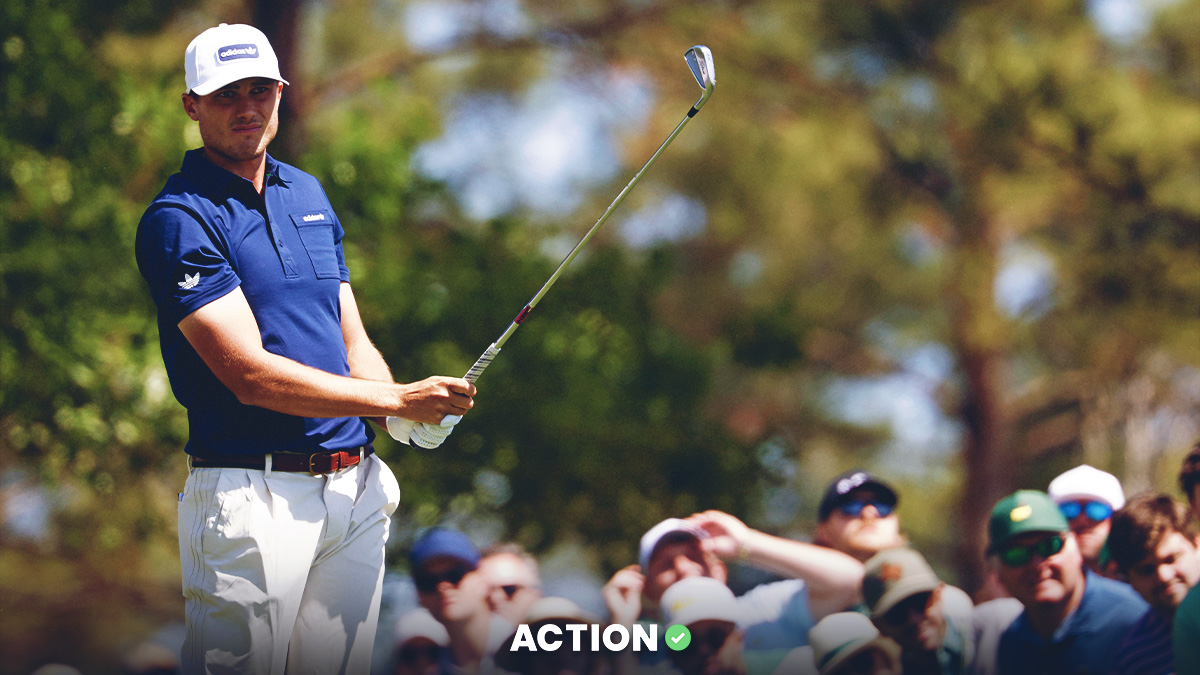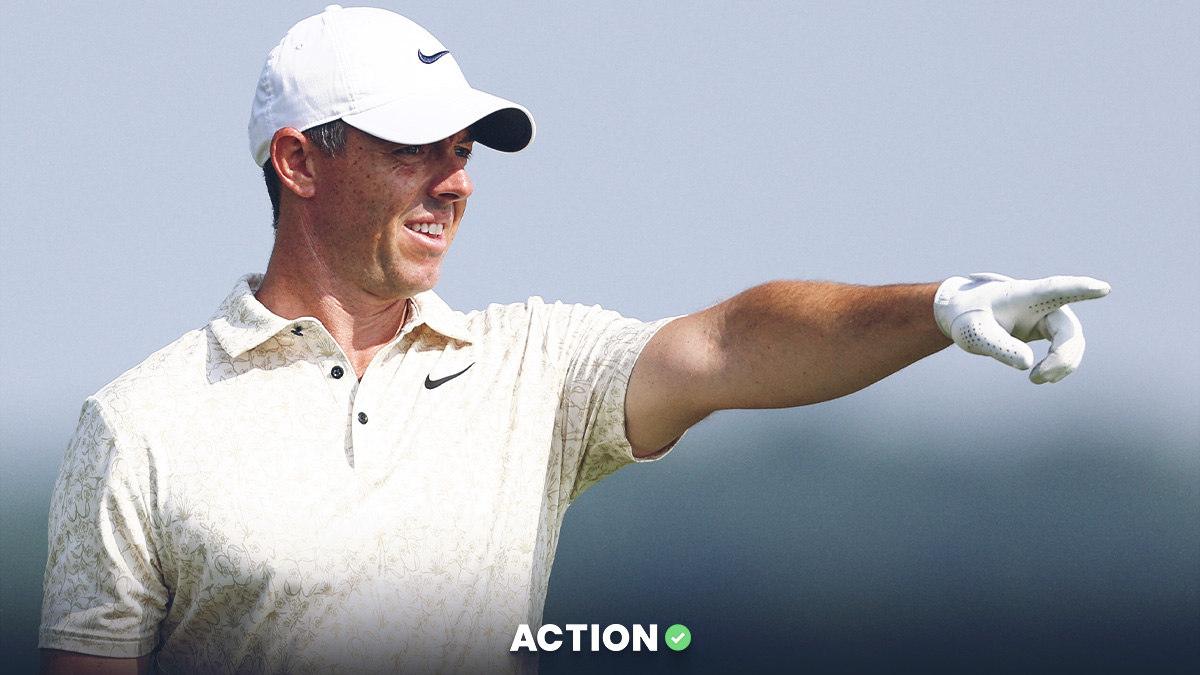Last week, I wrote about Amigos – not only my favorite golf betting game, but the best one ever invented.
OK, I’ll admit that might be a subjective opinion.
Even though it’ll take a game of miraculous proportions to change my mind, I opened up the mailbag to ask you, dear readers, for your favorite betting game. And I’ll also admit that you’ve come strong with some good ones.
Let’s whet our collective appetite to start with a few quick-hitter Twitter recommendations.
No matter what betting game we are playing, we always play a game we call “Saskatchewan”. Once every player is on the green, farthest from the hole has Saskatchewan. 1 putt gets them one point, 2 putts is a wash, 3 putts gets everyone else a point.
— uncle dutch (@DfsDutch) March 21, 2020
Coins – everyone flips a coin on each tee to determine the teams, each hole worth $5.
9 point – usually $1/point, played by 3 people. Points divided based on score, I.e. 3 pars is 3/3/3, a birdie and two pars is 5/2/2.
Good go to games 👌🏻
— William Mansfield (@will2mansfield) March 20, 2020
The game is called WAD. Each person in the foursome puts in $20. The first player to tee off has the $80 wad. The minute he bogeys, puts it in a bunker or water, loses a ball or three putts the wad transfers to the next player. Great pressure on 18 tee.
— Kelly Cunningham (@Kcprof926) March 21, 2020
6-6-5-1 when you have two or more foursomes. 4 man team. Low ball for the first 6 holes, low 2 for the next 6, low 3 for 13-17 and all 4 balls count for #18. Seems to always come down to the 18th hole.
— Byrne Doyle (@SByrneDoyle) March 21, 2020
HACR
Here’s another from @JamesHRH, who slid into my DMs for more explanation on his game:
We played a game called HACR that celebrated a noted scrambler (last name Riley — or Riles, as he went by). The idea was that the worse you played but better you scored, the more valor there was in your effort. So, Hogan (fairway+green+2-putt) was 10 points; Arnie (miss fairway, hit green) was 15; Chi Chi (hit fairway, miss green, make par) was 15 & a Riles (miss fairway & green, make par) was 20. Double for birds; quad for eagles. Par-5s that went second cut, fringe, chip-in created quite a stir. Dumb, but fun.
When it comes to betting games, I’m a big fan of both dumb and fun, so count me in for some HACR.
Now let’s get to the emails, as a few readers treated this assignment like a term paper. Ah, who are we kidding? Knowing you guys, there was a lot more thought put into these details than any term paper.
First up is Aaron Jack, from Oklahoma City:
The Murph Game
Our favorite golf betting game is the Murph Game. In reality, it’s actually more of a side bet, but everyone can participate — and in many instances, it becomes the most profitable/penal aspect of our regular game. You’ll see why below.
Our group plays several “normal” games, but the Murph game always ends up as part of the mix. It can be played between two players or the entire foursome. Essentially, it’s an “up and down” bet. At any point during the hole, if someone is anywhere off the green, he can call a “Murph.” As long as the ball is halfway on the fringe, a Murph can be called. The call must be made out loud, while the acceptance can be anything from a quick nod to a full-out verbal taunt. Once the Murph is accepted by another participant, then the player must get up and down from that point. If successful, he receives a dot. If unsuccessful, all other participants get a dot.
This was fun as a side bet for a little while, but as you might imagine, controversy arose pretty quickly when a short putt from the fringe was rewarded just as much as a short-sided 30-yard pitch. So, we made an adjustment which has changed the Murph Game forever.
Today, every Murph call has odds associated with it. Essentially, we’ve created a “Murph Market.” For example, any putt from the fringe is essentially always a 1-1, meaning you’re risking a dot to gain a dot. But that 30-yard short-sided pitch? That could be a 21-1. Convert the up and down, and you get 21 dots. Miss the putt, and you give everyone else a dot.
A bad lie from 25 yards? It could be a 28-1. A basic bunker shot? It could be 16-1. And so on. The relative “low risk” of giving up one dot to potentially gain a boatload leads to quite a bit of action.
The beauty of the game is that the market sets itself each round and for each player. Other than the simple fringe putt being a standard 1-1, everything is up for negotiation and it changes every round. So, if I’m standing 30 yards away in the first fairway, I throw out a number to a fellow participant. He can accept, deny, defer to another player, or negotiate. I might offer 25-1, he might counter at 15-1, and we settle at 20-1. It all happens very quickly. And now the market is set for that type of shot. By the third hole, we typically have a Murph Market created that holds the entire round.
(Side note: Most of our buddies are between 10-18 handicap, so we don’t have any scratch guys taking advantage. But in cases where we’ve had a strong player join the game, their unique market gets set pretty easily.)
The fun part is that even if you are out of the hole, you can always call a Murph and give yourself a chance at some dots. We’ve had several instances of someone making birdie on a particular hole (and getting appropriate appreciation) only to be upstaged by a 27-1 Murph putt for double-bogey. It’s fun! And if the guy who made birdie gets his feelings hurt, well, that’s his issue.
(Another side note: We fully acknowledge that this practice can make the round move a bit slower, so we always encourage speedy play.)
As the years have gone on, we’ve had guys call Murph from 100-150 yds out in the fairway. We’ve had guys call Murph from the tee box on a par-3. While this typically warrants a 40/50-1 call, we’ve never had one of these converted. We’ve had some pretty epic up and downs, though. I believe a 50-1 is our current record (an impossible lie behind a greenside tree).
Other nuances? We’ve also implemented a “hole-out” bonus, where if you hole out the first shot you get double your bet. So a 10-1 Murph garners 20 dots if the chip goes in. You can also “Murph your Murph” if your first shot doesn’t reach the green. For example, if your 12-1 Murph lands on the fringe, you can Murph again. In this case, you still have the chance to convert your 12-1 and can create a new bet. Let’s say you’re now putting from the fringe and call 1-1. If you hole the putt, you get 12 dots from your original bet plus 2 dots for the “hole out” bonus of the 1-1. Which means a potential disaster has suddenly become 14 dots.
Overall, with the right group the game can be VERY active and a whole lot of fun. The more participants, the better. If all four players have Murphs on the line on a hole, it’s pretty exciting. It doesn’t necessarily reward the player who hits the green in regulation, but that player can make up for it by winning holes and garnering other side bets.
The Murph Game often is the single biggest contributor to dots at the end of our rounds. Several 6-1 or 8-1 bets will have been converted, many more than that have been missed, and typically one or two guys have a 15-20-ish dot conversion.
Love it, Aaron. I don’t just want to play in this game, though – I’m cool riding along with a few beverages and playing the role of handicapper. Give me a 10% vig on winners all day and I might have more fun with this one than the guys who are actually playing.
Kansas City
Next one comes from J. Scott Wallace:
This one is called Kansas City.
A foursome is required and you play 2-on-2. We usually start cart vs. cart, then go drivers vs. passengers for Match 2, then opposites for Match 3.
On each hole there are two points available:
- Low individual net
- Low team net
Each match is played until a team gets to 3 points. It’s “tug of war scoring,” so if Team A is up 1-0 and Team B wins a point, then the match score is 0-0. Once a team wins, you change partners and start the next match.
You establish a betting unit per person. (Playing for $2-3 is reasonable; we sometimes play $5, but it can get up there.) There are a lot of things that add a unit to the wager:
- Gross birdie or better
- After the completion of every third hole, the match isn't over
- Every time the score flips (so Team A is up 1-0, and Team B wins both points on a hole to take the lead 1-0)
- If a match ends after two holes you add a unit
I like it because you get to team up with everyone in your group and usually the most competitive teams will be the longest match and if it’s lopsided (even with handicaps), the match ends pretty quickly.
Only wonky thing is how to handle a match “in progress after 18.” We usually just pro-rate the total (1/3 if it’s 1-0 or 2/3 if it’s 2-0).
I’m a big fan of – like in Amigos – having different partners throughout the round. (And so are the guys who don’t want to be stuck with me on their team all day.)
Bridge
Last one comes from Gregg Elkin:
A game that I have played many times in the past is called “Bridge.” Why? I have no idea, but it can add up to a hefty payday at the end of a round.
It is best played with at least three players, but up to five or six can easily play. A four-player group is the best.
Rules of the Game:
- You need to set an order that will be followed through the first 16 holes (if you have 4 players so everyone gets a chance to be first). That would be 18 holes for three players and 15 holes for 5 players, so 1-2-3-4-5 or whatever it might be.
- Each player needs to play with their handicap. (For this demonstration of the game, there will be four players and their handicaps are 0, 5, 10 and 15.)
- Let’s say that the order is in that exact sequence.
- On the first hole, and for this example it is a par-4, the first player has to place a bid on that hole.
- So in this example, the 0 handicap says he will post a gross score of 4.
- The next player, if getting a shot, can say 4 for a net 3 if he wants or can pass. He can’t take it by saying “5 for 4” if he is getting a shot. The next bid always has to be one below the current bid. So, if it was a par-5 and the highest handicap had “control” of the hole, he could say 7 for 6 or 6 for 5, to make others have a net of 4 to beat him.
- For this example, everyone is playing for $2.
- On the tee on this first hole, the 0 handicap player hits a great drive and while the ball is in the air he can say “double.” That increases the bid to $4.
- By contrast, if the ball is headed to the water or woods, one of the three other players can say double to make it worth $4
- If no one says “double” the hole is played for $2, but you can start the bid at any amount.
- If the 0 handicap makes a 4 on that hole, he would then make $4 from EACH of the other three players because he made his bid. However, if the same player makes a 4, he would OWE EACH of the players $4 a piece for a total of $12. This multiplies for each shot over 4 he would take to complete the whole – so a 6 would be $8 per other player and the highest anyone can go is the “Trifecta” which would cost him $16 to each of the other players. Conversely, if he made a 3, he would get $8 from EACH of the others. If somehow he would be 2 shots under the bid, he would then get $16 for each of the other players.
- The game does lead itself to favor the higher handicap player, as getting shots is a bonus – as in on a par-3 if you get a shot saying “4 for 3” is almost a sure thing to make a few dollars.
If there are four players, then each get to bid on four holes through the first 16 holes. The final two holes, the player who is in last place gets to bid first to make money back.
At the end of the round, count up the points and you pay the other players ahead of you and like your Amigos game, can get expensive in a hurry.
Great stuff, Gregg. Can only imagine those 17th and 18th holes get a little hefty in the Bridge game.
Stay safe, everyone. If your local course is open, go relieve some boredom by testing out a few of these games. And if it isn’t, well, now you’ve got something to look forward to.






